
|
Japanese External Reverse Porro Prism Binoculars. WEBSITE MUSEUM |
|
OTHER BINOCULARS #5 & OPTICAL SIGHTS (MOSTLY MILITARY) |
|
1944 WWII Russian KOMZ 6x30 Captured Military Binoculars |
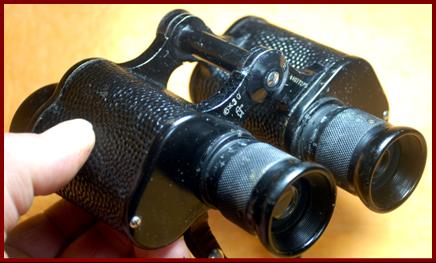
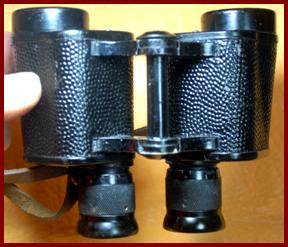
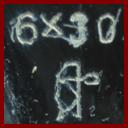
|
The KOMZ logo is a light arrow being routed through a prism. Note crude wartime marking methods used. |
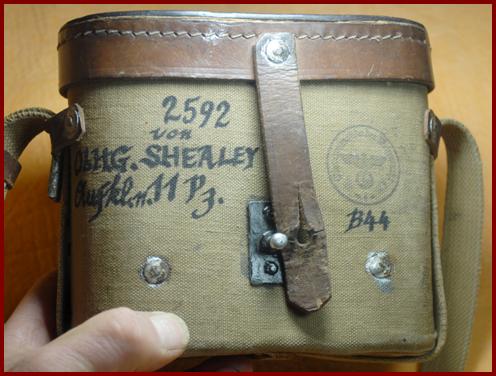
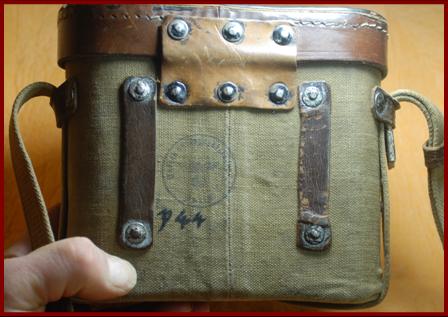
|
My WWII Russian KOMZ ( Казанский оптико-механический завод / Kazan Optical Mechanical Factory) binoculars were produced in early in 1944 (serial number 44077210, with the first two prefix numbers of KOMZ binocular serial numbers being the year of manufacture), and these binoculars were rather quickly captured by German forces, possibly by the 11th Panzer division at Cherkassy in Feb 1944. The case of these binoculars is marked to German Oblt. (Oberleutenent) G. von Shealey of Aufkln (Aufkl ä rungsabteilung/Reconnaissance detachment) kompanie 3 of the 11P (the 11 Aufklarungs–Abteilung with it’s 3rd company being the reconnaissance detachment of the 11 th P anzer division). After Cherkassy, the damaged 11th Panzer division was withdrawn to southern France near Libourne/ Bordeau for rebuilding and was reorganized with integration of the 416 Grenadier Regiment and 273 Reserve Panzer division. Perhaps relevant to the B44 / 1944 Oberkommando der Wehrmacht stamp, the 11th Reconnaissance Abteilung was further reorganized in May 1944 by absorbing the Reserve Reconnaissance Abteilung 7, and perhaps relevant to the P44 /1944 Untech und Ausrustungsfeldlayer stamp (Technical and Equipments Field Warehouse Paris) on July 11 1944 the 11 Aufklarungs–Abteilung was converted into a Versorgunangs-Kompanie (Supply Company) with feldpost number 09426. I know from direct contact with veterans that by mid 1944 German reorganization and refitting made the best of shortages by using substitute standard items (like equipping refitted soldiers with French military compasses, and newly issued AC44 P38 pistols going into P08 luger holsters). A fairly new and serviceable pair of binoculars and case were probably judged to be a perfectly acceptable substitute when standard issue binoculars were unavailable. In cases where large quantities of substitute standard items were available and issued, they were given their own German model designation. |
|
1944 WWII NIL No 5 Mk 5 Mk 5 Canadian Issue Binoculars |
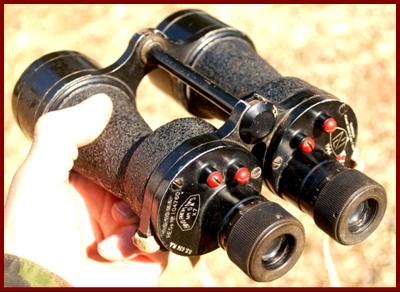
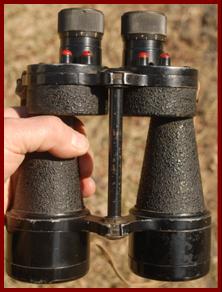
|
My 1944 dated Canadian issued British manufactured No 5 Mk 5 7x50 binoculars were made by NIL / Nottingham Industries Limited. NIL appears to have been a UK Ministry of Supply created wartime company (1941-1946) which was set up in what had previously been a cigarette factory, but with optics and binocular manufacturer Ross managing it. These binoculars carry the WWII era UK and commonwealth military property broad arrow mark, and red W waterproofed mark, and have desiccant ports with the red paint indicating only authorized removal/and sealed designation, and the case has the C and broad arrow Canadian military property mark. As sold as surplus, these binoculars have no ranging graticule, which may be one of the two “ MA ” change markings. |
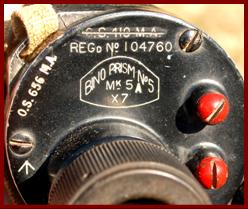
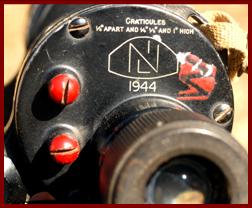
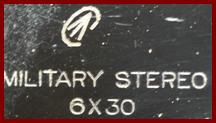
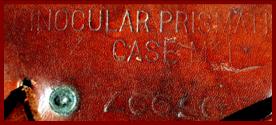
|
U.S. Navy Mk 89 Model 0 Wollensak Optical Gun Sight, Part of Mk 15 Naval Antiaircraft Gunsight |
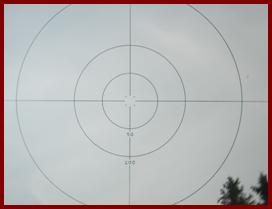
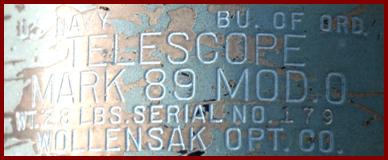
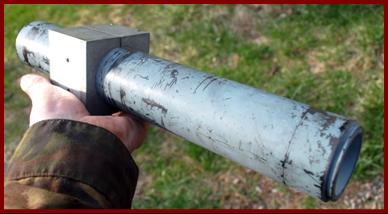
|
My U.S. Navy Mk 89 Model 0 telescope is an initial target acquisition auxiliary scope made by Wollensak Optical Co. and used with the MK15 anti aircraft gun sight in U.S. Naval gun fire directors, such as the Mk52 fire director below. |
|
Zrak ON-M59 Yugoslavain-Serbian RPG Rocket Propelled Grenade Launcher Optical Sight |
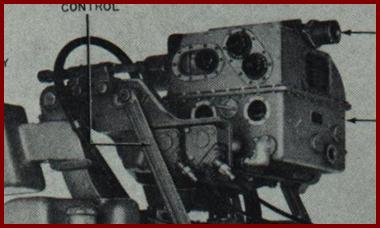

|
When an optical sight like this shows up at my local flea market for $30 or so, I tend to buy them, partly for the fun of figuring out what they are, and how they fit into military history. |
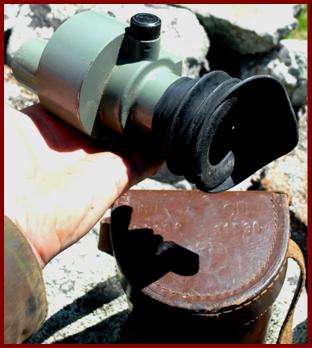
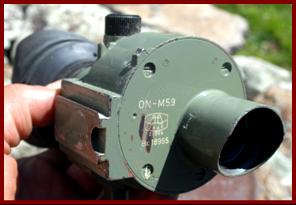
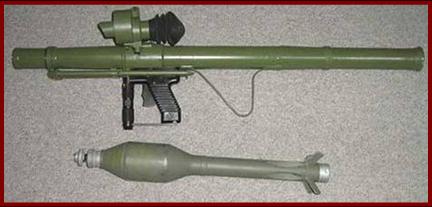
|
My Zrak ON-M59 Optical Gun Sight was used on the Yugoslavian-Serbian M57A2 RPG rocket propelled grenade launcher, of which around 12,000-16.000 were made at the Kragujevac weapons factory Crvena Zastavia from around 1967-1975, and used in the 1992-1999 Yugoslav wars. The Zrak Optical Works factory that manufactured this sight is located in Sarajevo, Yugoslavia. |
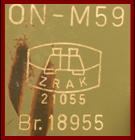
|
1938 Wild Heerbrugg TM-2 Swiss Military WWII Land Artillery Optical Coincidence Range Finder |
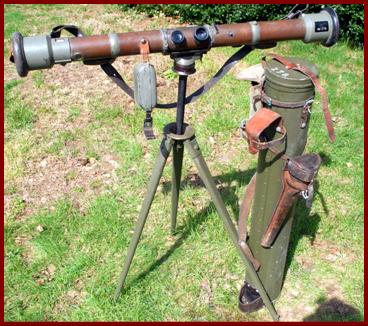
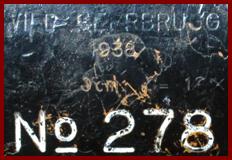
|
The clever design and detail and fit and finish of Swiss precision equipment is usually fairly impressive, and my 1938 Wild Heerbrugg military range finder (made 23 years after Wild was founded) is no exception. For example the multi part tripod consists of a Kern made table top tripod that fits into the full height tripod base, with a ball tripod head/ mount of some complexity, and elaborate cases for everything. |
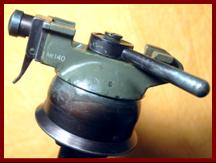
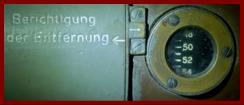
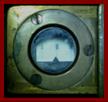


|
Iraq War PSO-1 Russian Прицел Снайперский Оптический, Pritsel Snaipersky Optichesky / “Optical Sight Sniper”, and my Iraq War Land Rover Collection |
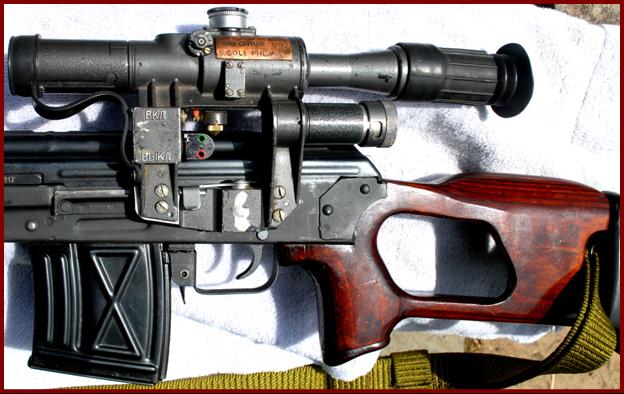

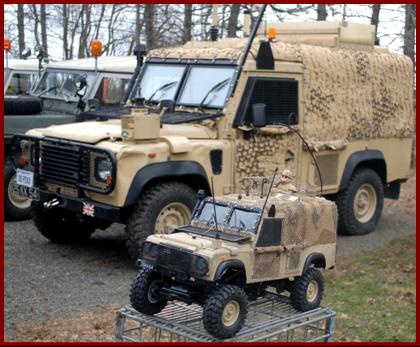
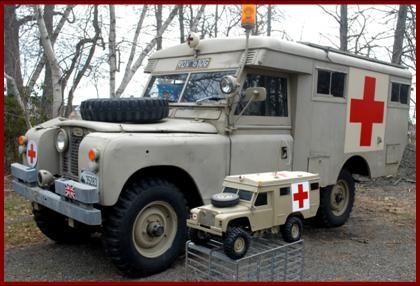
|
Ca 1908-1913 French Jules Huet & Cie Military 8 x Binoculars |
|
In 1908 the limited partnership “Huet & Cie, Constructeurs ”was formed, and in 1912 reformed into “Anciens Establessment Huet et Cie”, and in 1913 reformed again into “Soc ié t é G é n é rale d’Optique” (SGO) plus “Ste Anoyme de Anciens Establessment Huet et Cie et Jumelles Flammaron”. Since my binoculars are marked “ Jules Huet & Cie, Paris, constructours” they date between 1908 and 1913. They are also marked “ Fournisseurs du Ministere de la Guerre ” (Suppliers of the Ministry of War), and they have a “ M.G. ” mark, which is the government property mark of the French “Minist è re de la Guerre” (Ministry of War). |
|
Two Model 1930 Huet French 8x30 Trinotix Military Binoculars |
|
I have two different French model 1930 Huet 8x30 Trinotix military binoculars. Both have a right ocular military ranging grid or graticule, of an unusual design which can be rotated for correct orientation by an external ring. My early Huet binoculars, above, are #5129, and carry a “ M.G. ” mark, for “Minist è re de la Guerre” (Ministry of War). They are also marked MLE1930 (Model of 1930). My late French Huet military binoculars, below, #92012 have omitted the MG and MLE 1930 markings, and are probably mid/late 1950’s? (speculative). |
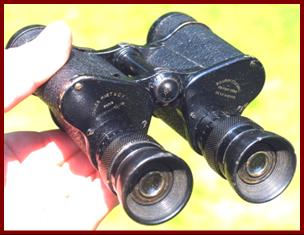
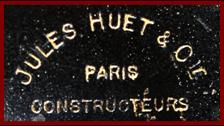
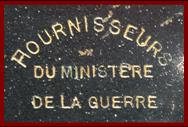
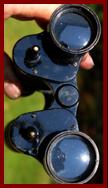
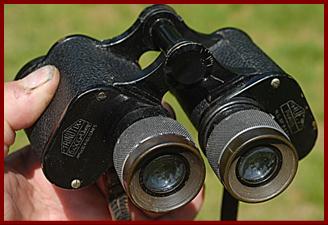
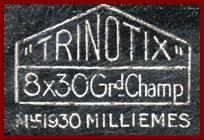
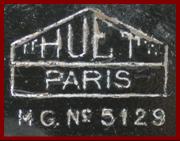


|
My Russian PSO-1 Scope captured in Iraq mounted on my PSL rifle |

|
Iraqi sniper with Australian spotter firing PSO-1 scope on a PSL rifle |
|
My French Huet 8x30 Trinolux military binoculars with graticule are dated 1949, #25824, and carry a “ M.G. ” mark for “Minist è re de la Guerre” (Ministry of War). They were captured in Cambodia in May 1970 at the PAVN (Peoples Army Vietnam) complex by John Gibbs, of the U.S. 101st Airborne Div., 3rd Battalion, 506th Infantry, which took part in operation Bin Tay 1 (Operation Tame the West ) which landed by helicopter on May 6, 1970 in Ratanakiri province in NE Cambodia (Base area 702). The NVA had orders to avoid contact and their hastily abandoned base camp complex yielded 900 weapons, 500 tons of rice, 2,000 huts, documents and equipment, and these binoculars, which had previously been captured from the French army, and speculatively but quite plausibly these may have originated from the masses of French military equipment that the Vietnamese captured en masse from the French at Dien Bien Phu in 1954. |
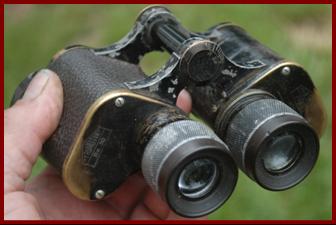
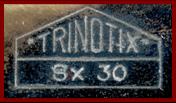
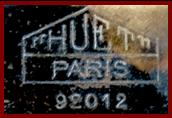
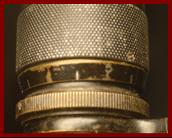
|
Ring for Graticule Ranging grid ocular rotation |


|
Twice Captured 1949 Huet 8x30 Trinolux Military Binoculars |
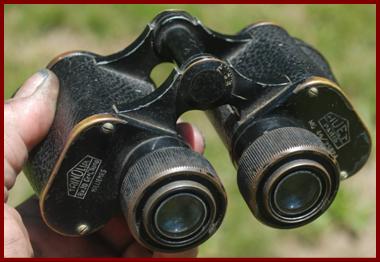
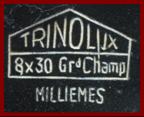
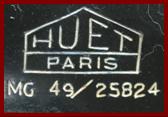
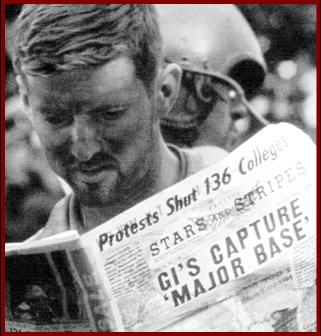
|
US soldier in Cambodia in May 1970 reading about capture of the base where these binoculars came from |
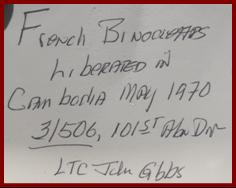
|
Tag with binoculars. Believed to be Lt. Colonel John Stephen Gibbs of San Antonio Texas (served 2 tours Vietnam) |
|
This is an example of where the bare object is far less interesting than it’s history ! |

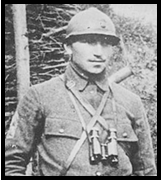
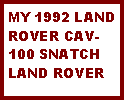
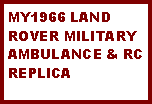
|
WWI French Made Flammarion 8x Canadian Army Property Marked Military Binoculars |
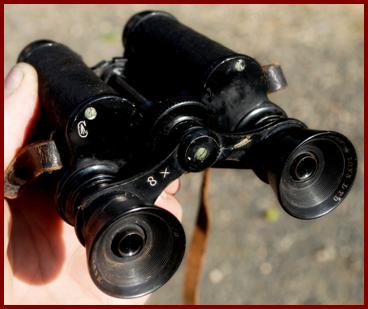
|
My Flammarion 8x binoculars were made by the French Societ é Generale d’Optique, successor to Etablissments Huet & Cie who were makers of Huet and Flammarion branded binoculars. They are marked as imported to Canada by Canadian importer/ retailer Henry Birks & Sons Ltd., with their case marked to UK binoculars maker E.R. Watson (which also had offices in Ottawa & Winnipeg Canada at the time). Both the binoculars and case are marked as Canadian Army property (broad arrow in C). Flammarion was branded and named after noted turn of the century french astrologer Camille Flammarion (1842-1925) who licensed his name to various companies and mostly optical product brandings. |
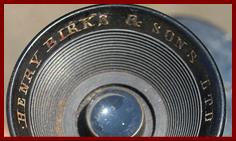
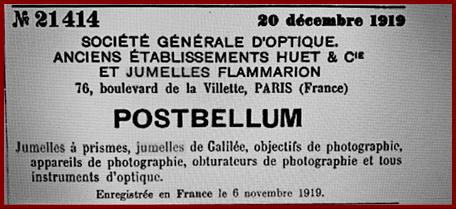
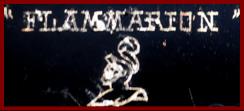

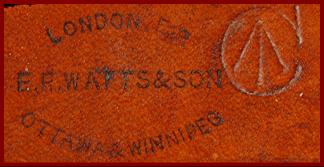
|
Carry case made by UK company E.R. Watson thant has Ottowa and Winnipeg Canadian offices with arrow in C Canadian Military Property marking |
|
1919 trademark of Soci été G énérale D’optique Anciens Établissments Huet & Cie et Jumelles Flammarion |
|
Henry Birks & Co Ltd markings |

|
The U.S. firm of Bausch & Lomb of Rochester N.Y. produced Zeiss pattern 6x30 binoculars under a Zeiss granted license (1890-Aug. 1914), originally with Zeiss brand logo,and then continued to produce the pattern without license or logo. These were probably produced in 1915 to a UK or Canadian military supply contract, and are Canadian broad arrow property marked. They are similar to the type EE 6x30 Zeiss pattern binoculars that Bausch & Lomb and 5 other companies produced for the US Army in WWI, including a large number intended for the U.S. Army Signal Corps. |
|
WWII Canadian Army Military Property Marked Bausch & Lomb 6x30 binoculars |
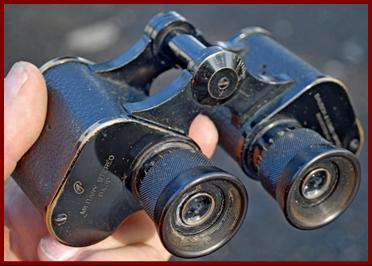


|
These binoculars came in a British army broad arrow marked case marked “No.3 case” which had been made by Wolesky & Co. of London England. |



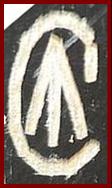

|
Ca 1954-1963 Nike Ajax antiaircraft system X SAM–A-7 (Surface to Air Missile) U.S. Ordinance Corps) telescope part number 8513258 Keuffel & Esser Co. |
|
My Keuffel & Esser targeting telescope was a part from the U.S. Nike Ajax Surface to Air Missile anti aircraft system, first deployed March 1954 in Md. USA to protect US Capitol D.C., with a total of 200 sites deployed, and with the last Nike Ajax missile site deactivated in 1963. The primary targeting system was radar/computer based, rather than optical. Though better known for slide rules and drafting tools, Keuffel & Esser also made optical transits for most of the company’s existence, and made this scope. |
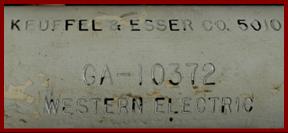
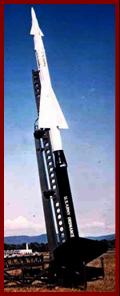
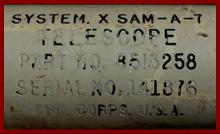

|
WWII German D.F. 12 x 60 Binocular Director for Antiaircraft Rangefinder (Fertigungskennzeichen) |
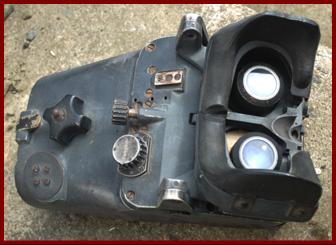
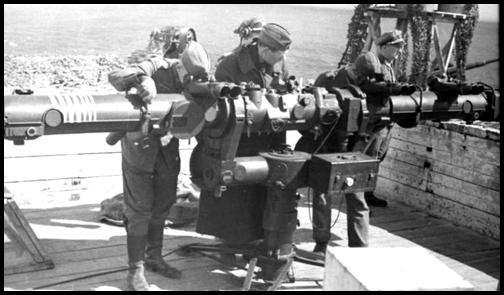
|
My WWII 12x60 German Binocular Fire Director would have been mounted with 2 others into an anti aircraft 4 m rangefinder as shown above right. Unfortunately my unit is missing it’s data plate so the manufacturer is unknown, and it is also missing it’s objective sun shields. It was presumably grabbed and shipped home as a war trophy by a US soldier. The US army was quite accommodating about shipping stuff home for soldiers. |
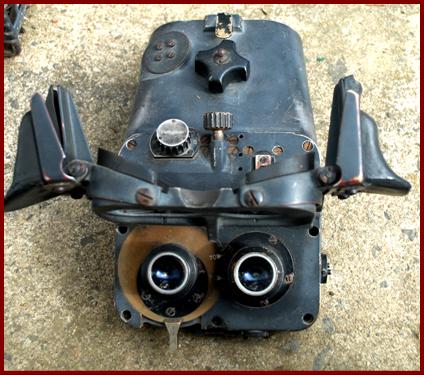
|
Carl Zeiss Marineglas 6x military pattern binoculars serial # 506792 |
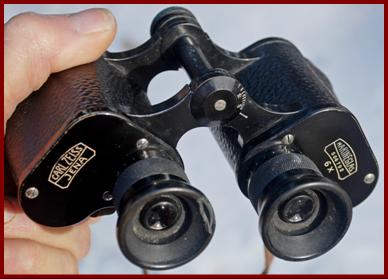

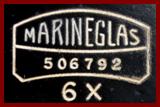
|
The Carl Zeiss Marineglas 6x(6x30) model was produced from 1907/1908 to 1917, and was intended to be marketed to the military market at the same time the Silvamar model was being marketed to the civilian market. My 4th variation apparently dates 1913/1914 to 1916. My example does not have German military added approval markings (K or 19038) as some German army 4th variation Marineglas binoculars are observed with, and they have minimal wear and paint loss, (unexpected in a 107 year old binoculars with issued military use) so my example may or may not have been from a military contract. |
|
Info credit: Binocollection.com |

|
Mystery British Military Property Marked Binoculars |
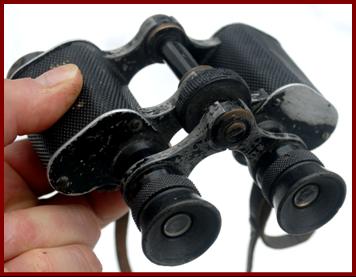
|
My mystery binoculars have no indication of manufacturer, or of brand, or model, or country of origin, or indication it ever had such. But they do have multiple British military property marks. It has a stamped number K805 and what looks like a stamped serial number, plus rotary engraved markings CLY 893 in two places. They are center focus, so not a normal military approved type. I assume these were civilian binoculars taken into British military possession as being a usable non standard type that might be issued to the Home Guard volunteers of WWI and WWII (which in WWII had 1.5 million members to equip). |


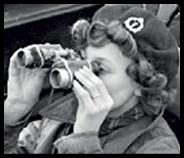


|
1916 Zeiss Marineglas 6x30 military binoculars with strIchplatte and integral ocular cover |
|
My Carl Zeiss Marineglas 6x30 binoculars serial #577666 were probably made in 1916, and these have the military left ocular strIchplatte/ reticule/ ranging grid, and also have a military type integrated spring ocular rain cover. It is not clear which military organization of which country might have issued these. There are no military approval markings, so although military may be a commissioned officer purchase (as opposed to issued from a Govt. purchase). Again, there is no military approval markings. Zeiss Marineglas binoculars, despite the name, in military use were normally used by non naval forces. |
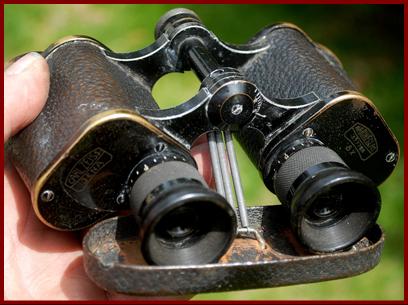



|
Finnish model 1928 CY (Suojeluskuntian Ylieskunta/ Civil Guard) and SA/ Suomen Armeija/ Finnish army approval marked sniper rifle with Russian 1942 scope |
|
The Finnish Suojeluskuntian Ylieskunta/ produced around 34,000 model 1928 rifles from surplus Russian Mosin Nagant 91 rifles and marked them SY . My SY Civil Guard rifle received a floating Finnish Sako barrel, and near target grade 4 lb trigger. The serial number indicates a barreled receiver around the time of the transition from SY model 28 to SY model 28/30, and the ”o” prefix meant intended for later final assembly. Mine was created as a sniper rifle using a 1942 dated Russian captured PE scope. Supposedly the two rear stock sling slots make this rifle specific to ski troops, so that is a SY 1928 variant of only 6,000 rifle, and since also sniper fitted, one of only a small number made. The “D” mark indicates military chamber conversion from Finnish 7.62x53R to Soviet 7.62x54R. Absent importer mark, so came to the USA pre 1968. Fun research. |

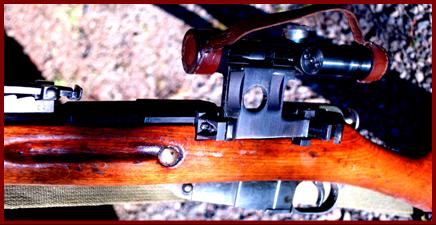
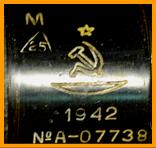



|
NON MINIATURE BINOCULARS & OPTICS: MOSTLY MILITARY |
![Text Box: CLICK ON PAGE LINE. CLIQUEZ SUR LA LIGNE DE PAGE. KLICKEN SIE AUF SEITENZEILE. HAGA CLIC EN LÍNEA DE PÁGINA..[ページ行]をクリックします。НАЖМИТЕ НА СТРОКУ СТРАНИЦЫ. ALSO SEE INDEX.](image851.gif)
